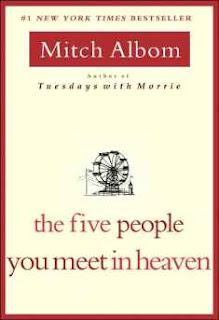The
adventurous characters (both real and imagined) in The King’s Agent travel
hither and yon across the middle landscape of that strangely shaped country
known as Italy; from Rome, to the mountains of Ciociaria, to Camogli onto the
sparkling west coast. But their story begins and ends and returns now again—for
succor and respite—to Florence. So it is to Florence today we go.
But
first I must tell of my own connection, one I didn’t know existed until after I
wrote this book. Yes, in that glorious small speck of time between completing
one book and starting another, I sent out a query to an organization that
researches surnames. It took them a while to complete the appropriate
investigation, during which time I developed the basic idea for my next work in
progress, a trilogy also set in Florence on the birth of the female Renaissance artist. It would seem
as if my fascination for the ancient city was firmly entrenched in my psyche.
The information, when it came from the research institute, wonderfully
illustrated with my family crest on parchment looking paper, declared that the
origin of my family was, most probably… Florence. My ancestors have been
calling, and I am answering that call as best I can.
Julius
Caesar named the city ‘Florentina’ (meaning ‘flourishing’) when founded in 59
BC as a military retirement haven. How
portentous the name would come to be. Yet there is evidence of occupation
dating back to prehistoric times. Caesar developed the city, true, with the
assistance of the great Roman general and statesman Lucius Cornelius Sulla,
from a military state of mind, one that is still in evidence even today.
Situated on a major artery leading to Rome, the Via Cassia (still known by that
name in the heart of Rome, as the A1 for hundreds of miles leading throughout
the country) it was rich with fertile farmland. The combination proved successful
and it soon grew from a small Roman settlement to a lively commercial
epicenter.
Enclosed
in a wall approximately 1800 meters long, the city is rectangular in shape, and
developed, as did most cities initially Roman, with straight roads and right
angles. The main roads led to four towered gates and the Arno—a major river flowing
in from the west coast—at first lay outside its gates. Located at the apex of main
roads and a large river, found Florence growing rapidly, commercial activity
and trade thrived, as did the city.



































